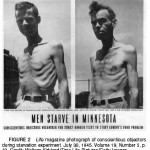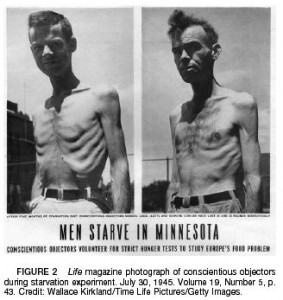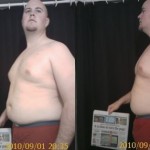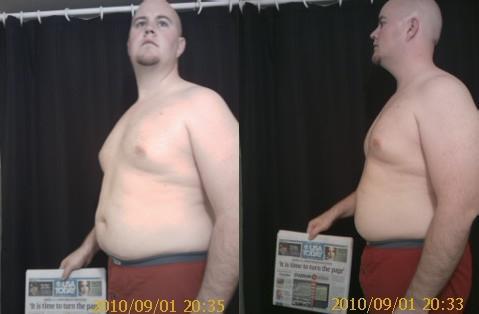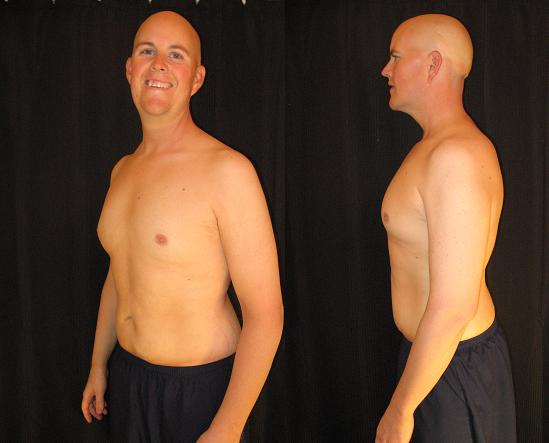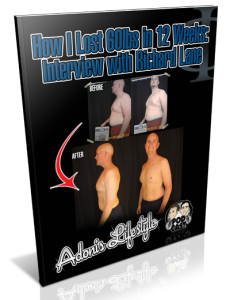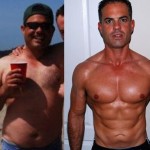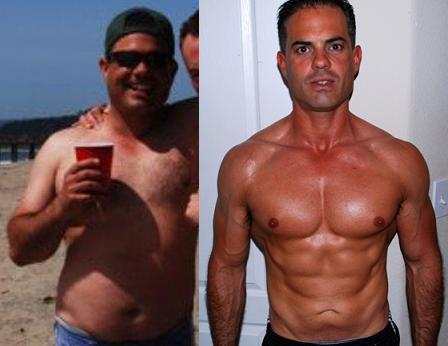Here’s the next episode of the UNCENSORED Podcasts Season 2.
Today’s topic: The Twinkie Challenge: Interview with Professor Mark Haub
Today you will get a chance to hear John’s interview with Professor Mark Haub. Professor Haub works at the Kansas State University in the department of Human Nutrition.
The “All-Twinkie” Diet experiment
Professor Haub challenges society’s beliefs about diet, nutrition and weight loss. His honesty and the fact that he is not endorsing or selling a diet or food product is quite compelling. Mark’s journey to beginning the “Twinkie Diet” spawned from his desire for personal weight loss and his scientific knowledge in dietary fiber and whole grains relative to diabetes and obesity.
Since refined grains are listed by the USDA as potentially unhealthy and obesogenic Dr. Haub decided to use this opportunity to experiment with his own need to lose a few pounds. He said it did not turn out the way he expected. He learned a few things about himself during this experiment and after losing the excess pounds he decided to make some long term diet changes.
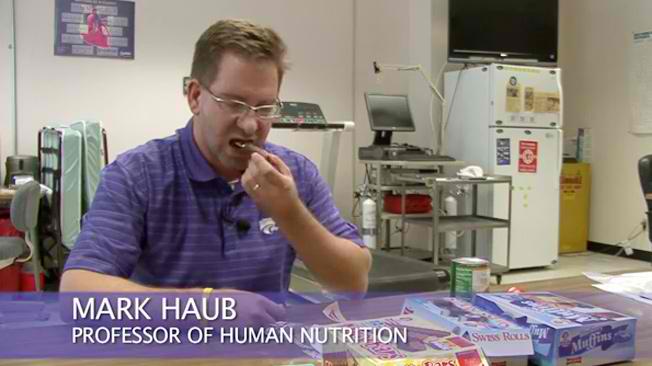
Professor Haub was surprised by the results of his experiment with snack foods. His health parameters improved.
He measured his health parameters and used a DEXA scan to measure his body composition. He lost 27 pounds of fat and 6 pounds of lean body mass which are both typical for this amount of weight loss on a just about any diet. His health parameters improved.
Calories really do matter
Professor Haub limited himself to less than 1,800 calories a day. A man of his size usually consumes about 2,600 calories a day. He followed a basic principle of weight loss: He consumed significantly fewer calories than he burned.
This confirms what most of us here at the Adonis Golden Ratio already knew all along from the principles of John’s Anything Goes Diet.
You have your own unique dietary needs
Most of us have experimented to find our own way to lose weight. We have found that the right amount of calories was key, along with not depriving ourselves of foods we love.
So if you have weight to lose the key is to find the right amount of calories and do whatever it takes to keep yourself sane and satiated for the short term. Then spend the rest of your life figuring out what type of diet is good for you. All of us have unique likes, dislikes, and health needs. Pay attention to your calorie needs, what nutrients you need, what your health practitioner advises, and refuse to let food control you.
You can find Professor Mark Haub on Facebook, Twitter, Youtube, and CNN online.


